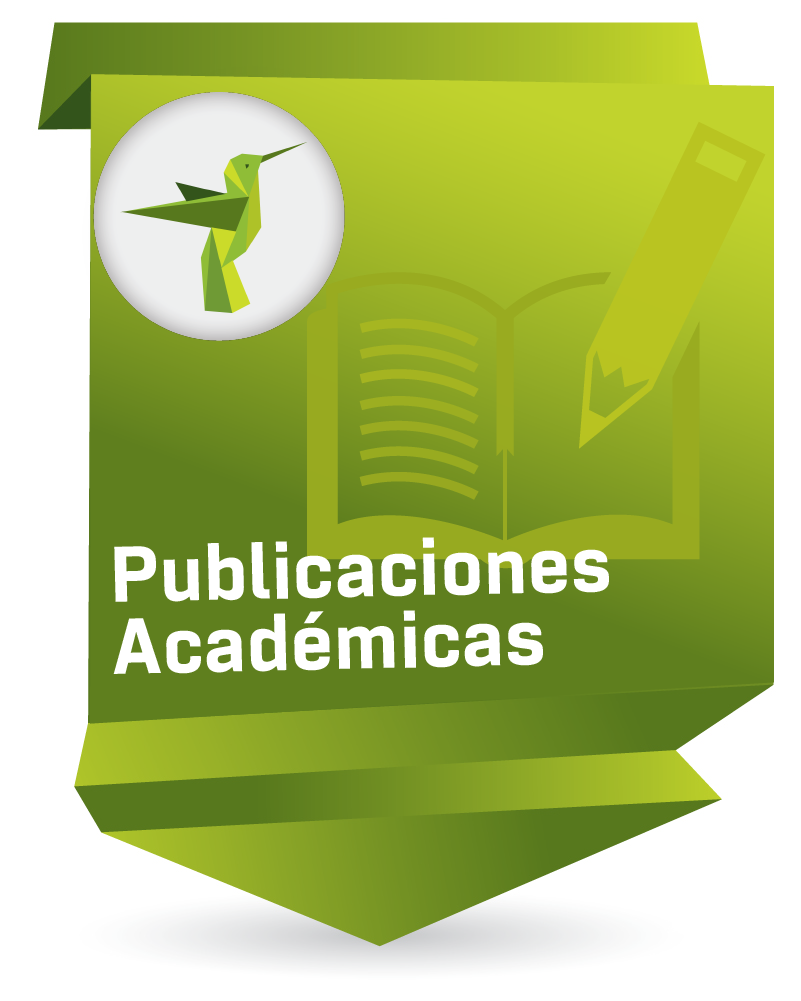Universal Design for Learning in Assessment: Supporting ELLs with Learning Disabilities
Diseño universal para el aprendizaje en la evaluación: apoyo a los estudiantes ELL con discapacidades de aprendizaje

Enlaces del Item
URI: http://hdl.handle.net/10818/50842Visitar enlace: https://laclil.unisabana.edu.c ...
ISSN: 2011-6721
DOI: 10.5294/laclil.2020.13.1.5
Compartir
Estadísticas
Ver as estatísticas de usoCatalogación bibliográfica
Apresentar o registro completoData
2020Resumo
Studying English is challenging and, for many learners, undiagnosed learning disabilities can present a serious threat to their success. Recent studies indicate that up to 10% of the world population has a non-apparent disability, such as autism or dyslexia. At the same time, few English language learner (ELL) instructors in higher education have training in learning disabilities, and they are often unsure of how to support learners who seem to have extra challenges. This is especially true when it comes to assessment, as instructors often rely on traditional tools that could negatively affect the validity of the assessment outcomes. In this brief reflection, the authors share how instructors can apply the principles of Universal Design for Learning (UDL) to their assessment practices to support students with disabilities, regardless of diagnostic status. First, disabilities that affect language learning will be briefly discussed, followed by the explanation of how English to speakers of other languages (ESOL) assessments present specific challenges for students with disabilities. Then, the authors will provide an overview of UDL theory, which proposes that learners with disabilities are often best served by accommodations in representation, expression and engagement that can benefit the entire class. Most of the paper will focus on specific, practical strategies for implementing UDL within assessment in higher education. Such strategies include building executive function, implementing multi-channel assessment, and learning about students through an “evaluation loop.”
Palabras clave
Ubicación
LACLIL, 13(1), 79-91
















